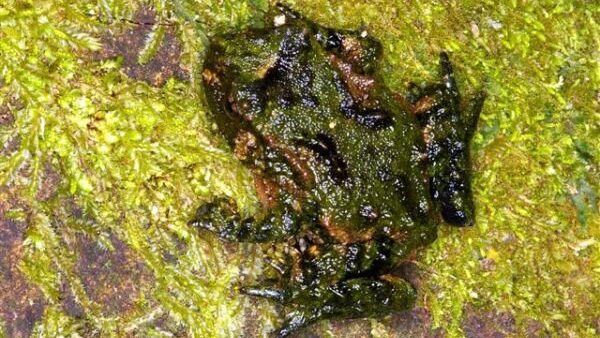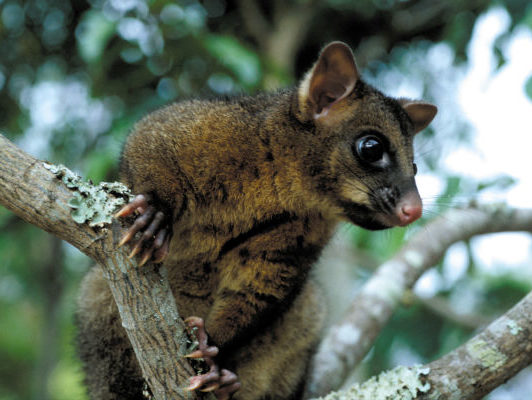A huge effort has gone into controlling possums across New Zealand for a number of years, particularly with respect to TB eradication efforts, but what do we know about the overall biodiversity outcomes?

Are we on top of the problem? Has native biodiversity benefited long-term from the war waged against TB or are short-term benefits quickly negated by recovery in pest population numbers?
Individual studies show what is happening in a local situation and what the outcome of a particular pest control operation is – but it can be hard to get a grasp on the bigger picture. When different pest control regimes are used and when individual studies each have their own methodology to assess the control outcomes, then getting a clear overview is a lot more complicated than joining all the dots.

Andrea Byrom, John Innes and Rachelle Binny have collated the results of a number of individual studies relating to possum control in order to assess what evidence there is for biodiversity outcomes. Not surprisingly, they have also called for standardisation in future research methodology in order to strengthen the evidence which such reviews can potentially provide:
“Future studies would benefit from a standardised set of biodiversity indicators from a range of taxonomic and functional groupings, and from standardising experimental designs so individual studies can contribute to future meta-analyses, to strengthen the evidence base for the impacts of invasive pests on native biota in New Zealand and worldwide.”
Byrom et al reviewed information from 47 accounts of responses of native biota to possum control, of which 60% quantified responses to aerial 1080; the remainder were ground-based. Despite the difficulties of carrying out a quantitative analysis of such a broad range of research projects, the researchers reach some valuable conclusions.
“Possum control benefited vegetation by increasing foliage and fruit production, and by reducing tree mortality. Controlling ship rats and possums together improved bird populations, but rats recovered rapidly and long-term outcomes for rat-vulnerable birds are unknown.”
They also identify several areas where little research has been carried out to date – for example, with respect to the responses of frogs, reptiles, bats and invertebrates to possum control or the effects that removal of possums has on seed and fruit production. By far the majority of studies to date have involved mixed podocarp forests where the study examined the effects on vegetation and/or birds. Long-term ‘ecosystem-level’ studies are also lacking, according to the authors.
“Few studies have taken advantage of decades of extensive pest control in New Zealand to monitor ecosystem-level outcomes, which have received only short-term attention thus far. Non-treatment experimental controls and replicate sites that enable validated assessments of outcomes for native biota are vital.”
This research review is published in Wildlife Review where the abstract is freely available and the full text available for purchase. Alternatively, a copy of the paper can be requested from the authors via Researchgate.
A review of biodiversity outcomes from possum-focused pest control in New Zealand (2016)

